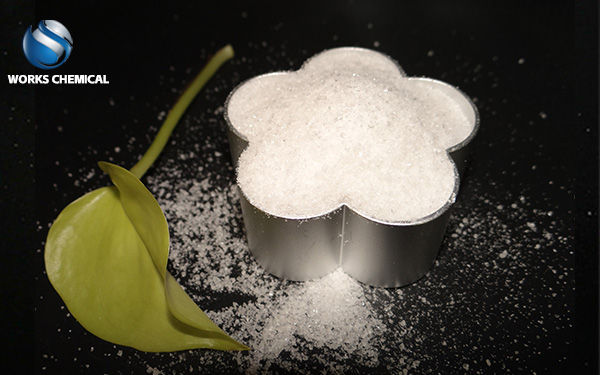
Pharmaceutical sludge treatment process, can be used mainly include the following types of pharmaceutical agents:

First, the main pharmaceutical
Polyacrylamide (PAM)
Type: PAM is divided into cationic, anionic and non-ionic types. In pharmaceutical sludge treatment, cationic PAM is widely used because of its good adaptability to organic wastewater.
Mechanism of action: PAM can flocculate suspended substances in sewage through electric neutralization and bridge adsorption, which is conducive to sludge settlement and dehydration. Application scenario: It is suitable for the treatment of wastewater with high organic matter content such as pharmaceutical wastewater.
Polyaluminum chloride (PAC)
Features: PAC has the advantages of fast flocculation and precipitation, obvious water purification effect, and wide PH range.
Mechanism of action: PAC can destabilize, aggregate, flocculate and precipitate fine suspended particles and colloidal ions in water through the mechanism of compression of double electric layer, adsorption of electric neutralization, adsorption of bridge sediment and net trapping, and achieve purification treatment effect.
Application scenario: Widely used in pharmaceutical wastewater treatment, as well as urban water supply, drainage, chemical, coal washing, petroleum, printing and dyeing industries.
Second, other optional agents
In addition to PAM and PAC, pharmaceutical sludge treatment can also consider the use of the following agents:
Biological flocculant: The use of microorganisms or microbial metabolites as flocculants, with environmental protection, non-toxic, biodegradable and other advantages. However, its application may be more limited than that of traditional medicines.
Alum: One of the traditional inorganic flocculants, but less used in modern sludge treatment, perhaps because the effect is not as significant as the new agent.
Lime: mainly used to regulate the pH value of the sludge, and sometimes used as an auxiliary flocculant, but the effect is limited when used alone.
Ferrous sulfate: It can be used as a flocculant or reducing agent under specific conditions, but its application needs to be determined according to the sludge nature and treatment process.
Third, drug selection and use precautions
Agent selection: The appropriate agent should be selected according to the nature of pharmaceutical sludge (such as organic matter content, pH value, suspended matter concentration, etc.), treatment process and equipment type, etc.
Dosage: The amount of agents used should be adjusted according to the nature of the sludge and the treatment effect to achieve the best treatment effect and reduce costs.
Combined use: PAM and PAC are often used in combination to improve the treatment effect. It is necessary to pay attention to the combination and reaction conditions between agents when using.
Environmental factors: Environmental factors such as temperature and pH value in the sludge treatment process will also affect the effect of the agent, and need to be adjusted according to the actual situation.
In summary, pharmaceutical sludge treatment can be used in a variety of agents, the specific selection and use need to be flexibly determined according to the actual situation.